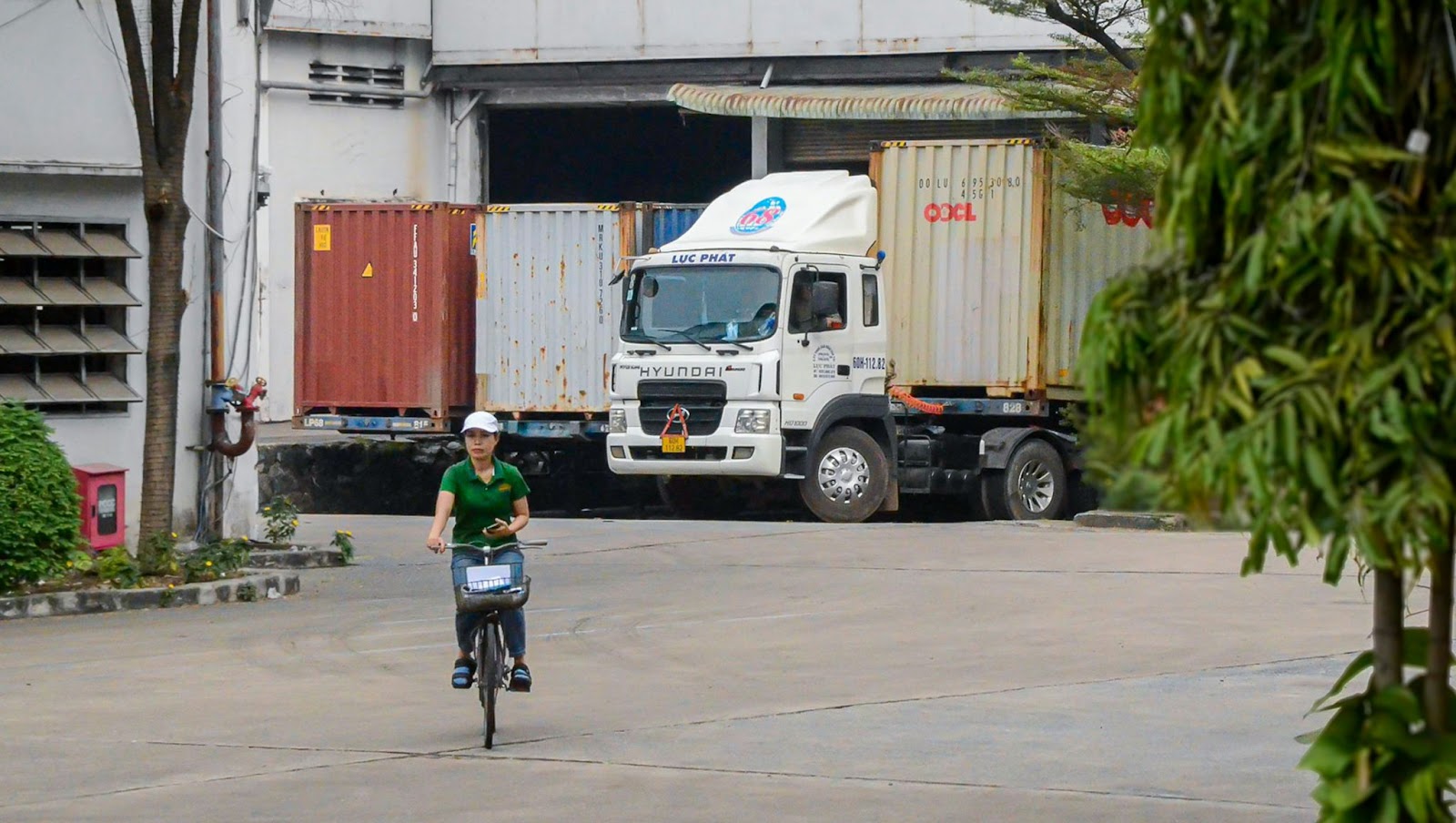Email Marketing Best Practices for Engaging Logistics Clients
Understanding the Logistics Industry’s Unique Email Needs
- Timeliness and relevance: Logistics never sleep. Ensure that your e-mails reflect this and provide timely and actionable insights matched with the operational schedule of the receiver.
- Data-Led Content: Use industry-specific data, like fuel cost trends or changes in legislation, to add context to your emails. For instance, according to a recent study, 72% of the logistics firms believe that data insights play a significant role in decision-making.
- Customization and Segmentation: Adapt your wording, whether by the geographical location of your client or even by the line of specialization, whether freight forwarding, warehousing, or supply chain management.
- Dynamic Features: Add real links to track consignments that can be easily clicked or offer route optimization features interactively-a function highly desired by 65% of staffing clients in the logistic industry.
Making Catchy Subject Lines: The Secret to Receiving 30% Opening Rates
Writing appealing subject lines sure brings in those open rates-30%-after all, especially in industries like logistics that see an influx of operational e-mails every other minute. But in the logistics sector, yours really stands out, given the urgency; phrases like “Optimize Routes Before Peak Season Hits” beg them for effectiveness. Use personalization to draw attention, such as “John, Cut Costs with New Fuel Strategies” or include numbers to add credibility and appeal to the analytical logistics mindset. “5 Data Insights to Boost Your Fleet’s Performance” shows real value. Research has shown that subject lines with words between 6-10 get the highest open rates-so your message is concise but will pack a punch. Curiously, questions stir one’s curiosity to engage: “Ready to Optimize Your Supply Chain?” might just do the trick-get decision-makers clicking to learn how to improve their operations. And test it out-iterate A/B testing for the perfection of your approach by measuring the metrics and seeing which option functions better with your audience. Well, give these a try, and you will start seeing not just a rise in open rates but very relevant engagement from your clients in logistics.
Logistics Client Engagement Personalization Strategies
Personalization in email marketing to engage logistics clients should not just stop at basics. With a few advanced ways of personalization, one can significantly enhance customer engagement and retention. First, use AI-driven analytics to analyze particular client behaviors and preferences, and then deliver that content to them tailored to their needs. If a client quite often operates in the field of international freight, then give personalized updates on shipping regulations around the world.
Consider segmenting lists in ways other than the traditional categories. Use dynamic data, such as shipment volumes or preferred shipping lanes, to create highly specialized content. According to research, advanced personalization in emails can raise engagement rates as high as 50%.
Also, provide personalized suggestions to improve logistics in light of past contact or transaction details. This proactiveness makes them understand your grasp of the business, while situating your brand as a strategic partner. Therefore, this approach definitely creates a greater degree of loyalty and engagement with your customers.
Send Your Emails on Time for Maximum Impact in Logistics
Timing your email marketing will impact your overall effect in logistic marketing. Since many industries function around logistics that are truly operating on a 24/7 basis, this would obviously make a huge difference in your email timings to fall within your client’s operational cycle. The logistics internal survey came back to show 68% said off-peak, early morning from 5 to 7 am or late evening past 7 pm is ideal for opening an e-mail. This timing allows decision-makers to review emails at their own pace, before or after the day-to-day rush.
Consider the global scale of logistics operations. Synchronize email dispatches with local time zones of your international clients to ensure that messages land at opportune moments. Real-time engagement data should guide your approach. Analyze open rates from previous sends to look for trends and improve your future email timing.
Also, tapping into real-time event triggers-shipping arrival, for example, or even changes in regulations-increases relevance and engagement. For example, an email sent to a client regarding an update on customs clearance in real time can significantly reduce response times and improve client satisfaction. You will increase the effectiveness of your e-mail campaigns by taking into consideration the peculiar time demands of logistics professionals for better and more productive business relationships.
Automating Communication
Automation is surely a game-changer when it comes to logistics email marketing by streamlining communications and reducing the role of humans. Implement automated workflows that trigger personalized, real-time updates about shipment status changes or inventory levels. For example, automatically letting a client know their cargo has just cleared customs or has achieved another milestone.
As one recent study has shown, automated emails have a 70.5% higher open rate than regular ones, demonstrating better efficiency in this regard. You can also use predictive analytics to anticipate what a client may need and send appropriate content to satisfy or resolve an impending problem. Automation will not only streamline your operations for better productivity but also nurture client trust by positioning your brand as proactive in managing logistics.
Performance Metrics Analysis: What 40% Click-Through Rates Say
Reaching a 40% CTR in logistics email marketing is not just about the metric; it’s just proof that things are working out effectively with regard to your strategy. A high figure like this shows several important aspects: First, this means your content is not only noticed but actually interesting to your audience and probably close to their particular needs and interests. More exclusive insights on bettering fuel efficiency or regulatory updates through emails are sure to garner more engagement because the subject itself is relevant.
Moreover, a CTR of this size hints at relevant and well-placed CTAs, which drive logistics professionals to make meaningful next steps toward their objectives, such as investigating new software solutions or signing up for webinars. It speaks, in more depth, to accurate segmentation and personalization-factors that turn generic messages into tailored communications speaking directly to the challenges and aspirations of your logistics clients.
Building Trust Through Consistent and Transparent Messaging
In email marketing for logistics clients, trust is paramount. Consistent and transparent messaging strengthens this bond significantly. Begin by establishing a regular email schedule that clients can rely on, such as weekly updates on industry trends or quarterly insights into supply chain innovations. Ensure transparency by providing clear, concise information on logistics challenges, like potential delays due to weather conditions, accompanied by actionable solutions.
A study found that 80% of logisticians believe transparency in communication builds trust. Try using simple language when explaining the complicated processes of logistics to give your clients an idea of how you work. Moreover, share stories of your successes on previous accounts to prove how you approach transparency and trustworthiness. Where the communication is open, there, the trust is deepened, ensuring longevity of the client-base.
Using Visuals: How Infographics Can Help Improve Engagement
You can make the email marketing strategy far more engaging for logistics clients by making it more visual, with lots of infographics that help present complex data in an easy-to-understand and visually appealing manner. Logisticians have to deal with voluminous information relating to shipping schedules, customs regulations, and compliance matters. Infographics make this data clearly and concisely presentable, hence making it easier for clients to grasp key insights at a glance.
Studies have shown that visuals can increase email click-through rates by as much as 42%, since they are more likely to capture attention than text alone. An infographic, for instance, showing the cost-benefit analysis of various shipping routes, creates immediate value and helps clients make informed decisions without having to wade through voluminous reports. Visual content also gets better retention; it is proved that 80% of what people see is remembered and only 20% of what is read. By embedding targeted infographics that reflect the particular challenges and opportunities within the logistics industry, you are not only increasing engagement but setting your brand as an innovative, client-focused leader in the sector.
Compliance: How to Move Around GDPR and CAN-SPAM Laws
Not violating all of the various subtleties found in GDPR or CAN-SPAM is quite important to uphold compliance and retain trust when e-marketing products to a customer base involved with logistics. That means explicit consent and transparency from addressees pertaining to how that personal information will be used-for those persons of the European Union under the GDPR. Example data collection should appear as a part of a fair processing notice on your email’s notice or link there. According to research, 79% of logistics firms consider well-defined policies over data as determining factors when dealing with service providers.
Simultaneously, the CAN-SPAM Act mandates clear opt-out mechanisms for US recipients. Ensure every email includes an easy-to-access unsubscribe link; this not only complies with the law but also respects recipient autonomy, a key trust-building factor. A study has shown that emails with transparent opt-out options can reduce unsubscribe rates by up to 23%.
In addition, keeping a suppression list up to date saves you from facing legal repercussions and helps protect your brand’s integrity. Audit your email lists regularly for compliance, as most logistics clients often represent different jurisdictions with varying regulations. These best practices for compliance will help you continue to be trusted and credible with your audience in logistics, protecting your brand reputation and relationships with your clients.
Final Thoughts: How to Take Your Logistics Email Marketing to the Next Level
In a nutshell, this is how your email marketing strategy can be more effective in the engagement of logistics clients: the understanding of industry-specific priorities and challenges should be crystal clear. You show the pace of your messages according to the operational tempo of the logistics professionals. Personalization and segmentation are effective in creating targeted content that talks directly to specific client needs, be it real-time updates or strategic recommendations. Automation makes things easier and more interactive, keeping the customers loyal. Transparency in communication builds the required trust; it has to be compliant with GDPR and CAN-SPAM. Visual content, like infographics, will increase engagement by conveying complex information in a very simple manner. This will make your email campaigns achieve impressive open and click-through rates, setting your brand as an active and trustworthy partner in the logistics sector.




Post Comment